|
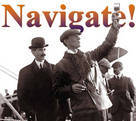
 Up
Up 
 Pilots,
Pilots,
Planes
and Pioneers

(You are here.)
 Down
Down




  Need
to Need
to
find your
bearings?
Try
these
navigation aids:
If
this is your first
visit, please stop by:
Something
to share?
Please:



|
|
Available in Française, Español, Português, Deutsch, Россию,
中文,
日本, and others.
 hile
the Wright brothers may have been the first to make a sustained,
controlled flight, they were just two among hundreds of brave men
and women who helped to give the world its wings during the earliest
days of aviation. Their Flyer was but one of many historically
important aircraft. Below are brief descriptions and photos of some
of the most important people and planes, and where available
resources and links where you can find more information. In some
cases, contributors have supplied expanded
histories and biographies. Those are listed at the right and linked below. hile
the Wright brothers may have been the first to make a sustained,
controlled flight, they were just two among hundreds of brave men
and women who helped to give the world its wings during the earliest
days of aviation. Their Flyer was but one of many historically
important aircraft. Below are brief descriptions and photos of some
of the most important people and planes, and where available
resources and links where you can find more information. In some
cases, contributors have supplied expanded
histories and biographies. Those are listed at the right and linked below.
A
 B
B
 C
C
 D
D
 E
E
 F
F
 G
G
 H
H
 I
I
 J
J
 K
K
 L
L
 M
M
N
 O
O
 P
P
 Q
Q
 R
R
 S
S
 T
T
 U
U
 V
V
 W
W
 X
X
 Y
Y
 Z
Z
|
|
 |
|
Claude Graham-White was an automobile dealer when he attended
the 1909 air meet at Rheims and fell in love with aviation. He
learned to fly in France in 1910 and became a national hero in
England when he narrowly lost the London Daily Mail's 10,000-pound
prize after making a daring night flight
– the first in Europe
– during an air race from
London to Manchester. He faired better in America, walking away with
the Gordon Bennett Trophy at the Belmont Park air meet and landing on
the White House lawn in Washington DC. Returning to England in 1911,
he founded the first British flying school, Hendon Aerodrome,
outside London using "box kite" airplanes of his own design as
trainers. He took part in the earliest British air raids during Word
War I, then manufactured bomber-trainers at his Hendon facility.
He retired from aviation in the 1920s, selling his aircraft factory
and aerodrome to the British air ministry. During his flying career,
he also produced many books on aviation.
|
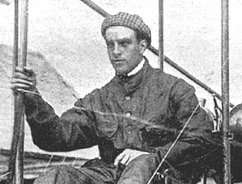
Claude Graham-White.
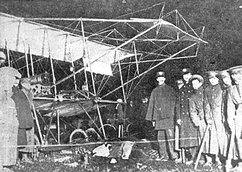
Graham-White's Farman after it's dangerous (but successful) night
flight During the Daily Mail London to Manchester Air Race.
|
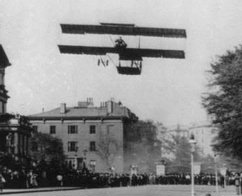
Graham-White about to land on Executive Avenue in Washington, DC.
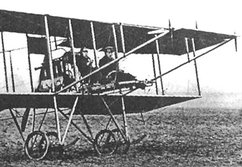
One of Graham-White's "box-kite" training airplanes in 1911.
|
 |
|
|
|
|
|

